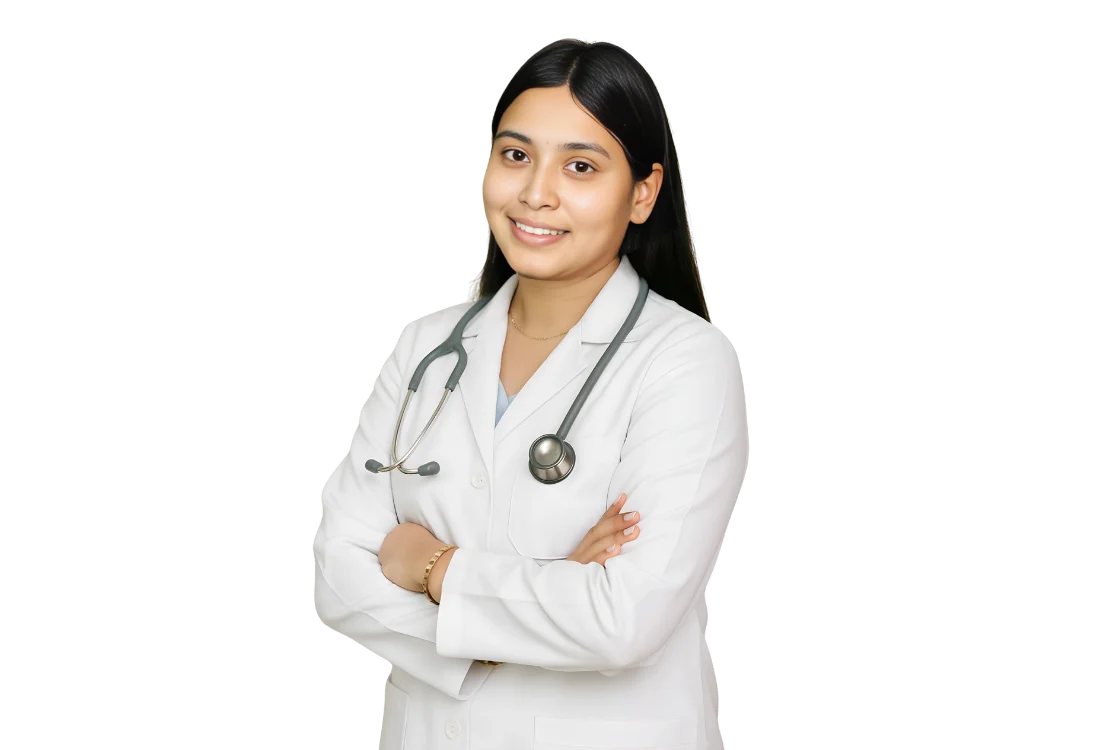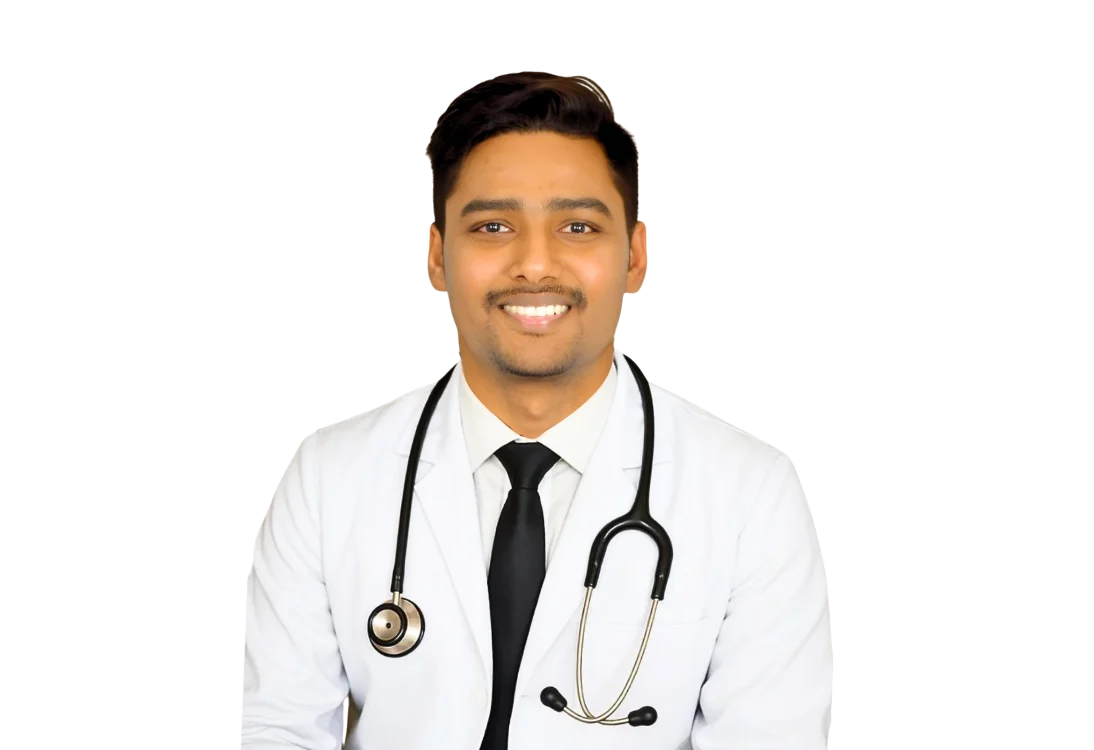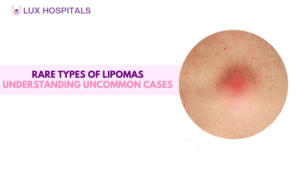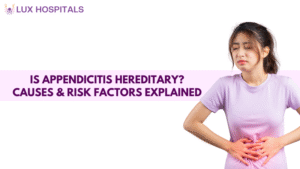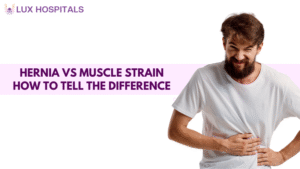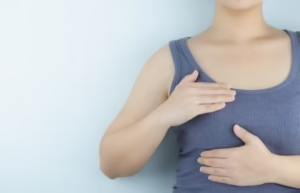Early Signs of Varicose Veins You Shouldn’t Ignore
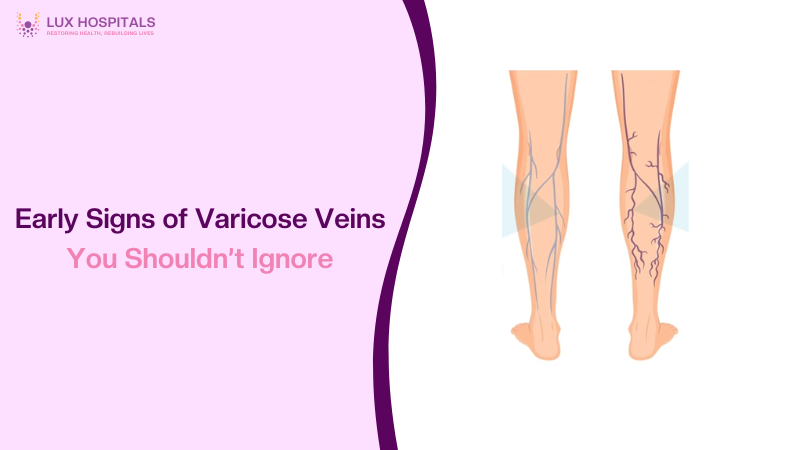
There is more to varicose veins than merely a cosmetic worry. While many think of them as harmless twisted veins that appear with age, they can be a signal of poor circulation and underlying vein disease. Ignoring the early signs can lead to complications affecting mobility and overall health.
In this blog, we’ll discuss the subtle and early signs of varicose veins that you should never overlook. Varicose veins are more than just a cosmetic issue.
What Are Varicose Veins?
Varicose veins are enlarged, swollen, and twisting veins that often appear blue or dark purple. They occur when the valves in the veins stop working properly, causing blood to pool instead of flowing back to the heart. This typically affects the legs, as walking and standing put more strain on the lower body’s veins. However, these seemingly minor symptoms often progress into more serious problems over time. Understanding what to watch for early on can help you take action before the condition becomes painful or damaging.
Early Signs of Varicose Veins
Recognizing varicose veins early can prevent further damage and discomfort. Here are some of the most common early warning signs:
1. Leg Heaviness and Fatigue
One of the first and most overlooked signs of varicose veins is a persistent feeling of heaviness in the legs. Your legs may feel fatigued, particularly toward the end of the day or after standing or sitting for an extended time.
2. Swelling in the Lower Legs and Ankles
Swelling, particularly around the ankles, is often an early indicator. This swelling might initially be mild and come and go, but it can gradually become more pronounced and constant.
3. Aching or Throbbing Pain
Pain in your legs that feels like a dull ache or throbbing can also be an early sign. This discomfort worsens after prolonged sitting or standing and may be relieved by elevating your legs.
4. Visible Small Veins or Spider Veins
Before full-blown varicose veins appear, you might see smaller spider veins thin red or blue ones closer to the skin’s surface. These might indicate more severe venous issues.
5. Itching in the Vein Area
Unusual itching near a vein, particularly in the absence of rash or dry skin, may indicate inflammation or irritation associated with varicose veins.
6. Changes in Skin Color or Texture
Over time, untreated varicose veins can cause the skin around the veins to change color, often reddish or brown. You may also notice the skin becoming thin, dry, or scaly.
7. Muscle Cramping or Restlessness
Leg cramps, especially at night, or a constant need to move your legs (restless legs) could indicate poor circulation, another early sign of varicose veins.
Who Is in Danger?
Varicose veins can happen to everyone, but some things make it more likely to happen to you:
- Age—Risk increases with age.
- Gender—Women are more likely due to hormonal changes.
- Family History—Genetics plays a significant role.
- Obesity: Carrying more weight puts strain on the veins.
- Sedentary Lifestyle—Lack of movement can impair blood flow.
- Pregnancy—Increased blood volume and hormonal changes contribute.
Why You Shouldn’t Ignore the Signs?
Varicose veins can cause problems if they are not addressed. Issues like ulceration, chronic venous insufficiency, blood clots, or skin infections. The secret to staying healthy is early detection and treatment. Veins and avoiding these issues.
When to See a Doctor?
Consult a varicose veins specialist if you notice:
- Persistent pain or swelling.
- Skin changes near your veins.
- Bleeding from varicose veins.
- Symptoms interfering with daily life.
Early treatment can stop the illness from getting worse. And even reverse some damage.
Conclusion
Ignoring the early signs of varicose veins is something you shouldn’t take lightly. While they might seem like a minor cosmetic issue in the beginning, varicose veins can lead to significant health concerns if left untreated. The initial symptoms such as leg heaviness, minor swelling, or visible spider veins are your body’s way of signaling that your circulatory system may be under strain. These early signs are often subtle, but they are critical clues that deserve your attention.
Frequently Asked Questions
The first signs include leg heaviness, mild swelling, aching, or visible spider veins. You may feel tiredness or discomfort in your legs, especially after standing. These early symptoms often appear before veins become visibly twisted or bulging.
Most varicose veins do not go away without treatment. Lifestyle changes can reduce symptoms but won’t fully eliminate the veins. Medical procedures are usually needed for long-term relief.
Yes, walking improves blood circulation and helps prevent vein pressure buildup. It strengthens calf muscles, which support blood flow back to the heart. Daily walking can relieve discomfort caused by varicose veins.
Yes, varicose veins are often a sign of poor blood flow and valve dysfunction. They occur when vein valves fail to circulate blood efficiently. This leads to pooling of blood and visible, swollen veins.
You should be concerned if you experience pain, swelling, skin changes, or bleeding. If symptoms interfere with daily life or worsen over time, see a specialist. Early treatment helps prevent serious complications.
Yes, untreated varicose veins can lead to ulcers, blood clots, or infections. They may also result in chronic venous insufficiency over time. Prompt treatment reduces these risks and improves quality of life.








